
Yay! We’re moving to Disney World! If you’re considering moving to Central Florida known for the home of the famous Mouse house, Walt Disney World, this is for you. Central Florida is much more than theme parks and outlet malls.
If you’re considering moving to Central Florida, there are a few things you should know BEFORE you make the move.
1. TRAFFIC & TOLL ROADS

Central Florida is known for its palm trees, great weather, theme parks, and beaches. But it’s also known for its traffic.
Traffic is probably at the top of the list for worst things about Central Florida. The directional signs and construction do not help the situation either; and be prepared for constant construction. Years ago if you were looking for less traveled roads with less traffic you could use one of the toll roads. Today, they will save you some time, but you will definitely pay for the convenience and at times traffic can backed up on these roads, also.
You’ll get lost again and again in Orlando. Most of our prominent highways do not travel in the direction they are labeled. For example, Interstate 4, known as I-4, runs north and south through the downtown area. However, it’s labeled East (means North) and West (means South).
FUN FACT:
Even numbered highways travel East and West. Odd numbered highways travel North and South. I-4 stretches from Daytona Beach to Tampa, an East to West direction. The section of I-4 through downtown Orlando happens to be vertical. So, you’re actually traveling North and South.
The good news: all roads lead to Rome. Not really, but if you do get lost you will eventually find yourself on a main highway where you can get your bearings. Also, if you ask a local they can give you some inside travel tips on how to bypass traffic. If you don’t know any locals yet, you do now. I’m more than happy to help you get settled in Central Florida.
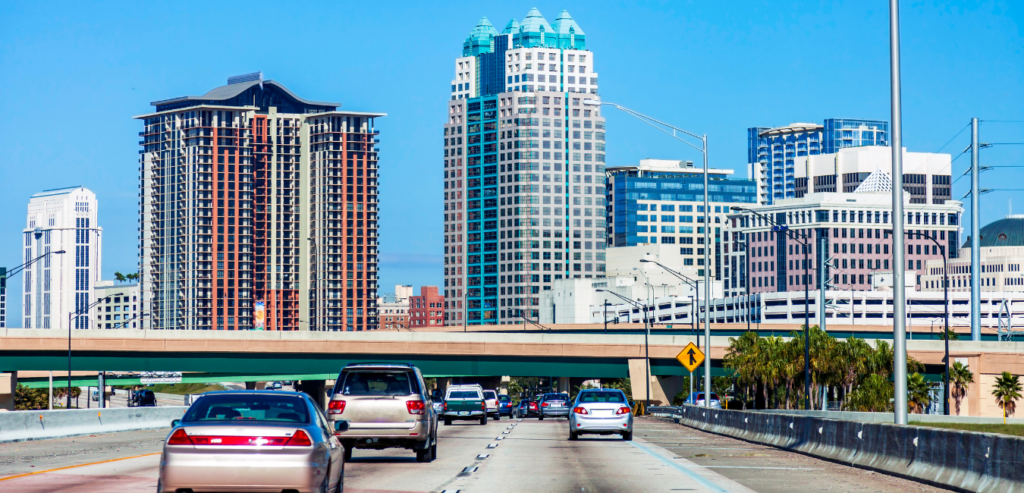
Tips and Tricks:
Know the traffic patterns and times of day when traffic is the heaviest. There are plenty of ways to go around the congested areas. Ask a local or use a traffic app to help you navigate.
Use toll roads, if it’s in your budget you can save a few minutes using toll roads. Just be mindful the tolls can add up. Some residents spend $4,000 or more a year on tolls. And don’t be surprised if you find yourself sitting in traffic during certain times of the day on some of the more popular toll roads. If you’re wondering what your tolls w be, here’s a great online calculator at https://tollguru.com/florida-toll-calculator
The best tip or trick. Live in close proximity to where you work and play. There are plenty of great neighborhoods within a 40 minute drive to Disney. You don’t need to live in one of the heaviest traffic areas to visit the mouse.
2. ALLIGATORS, BUGS & LIZARDS!

Florida gators, and I don’t mean the college mascot, can be concerning. If you live around water in Central Florida, please know an alligator could take up residents. As more and more homes are built, the swamplands are becoming less and less; and the possibility of encounters with alligators increases.
The best possible advice is to try your best not to have those encounters by staying a safe distance. And if you’re headed into any of Florida’s many fresh water streams, lakes or springs, take great care – alligators are often around even if you can’t see them.
Remember, never feed an alligator and keep your distance if you see one. Swim only in designated swimming areas during daylight hours. And keep pets on a leash and away from the water.
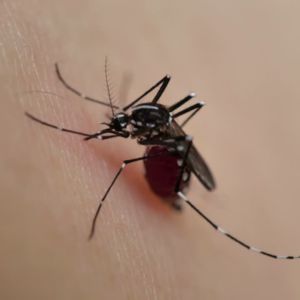
There are lots of bugs everywhere and some can be shockingly enormous. Just to name a few fun bugs we have: roaches, mosquitos, fruit flies, and ants. Fun, fun, fun! But don’t worry there are some things you can do to keep them from ruining your day.

Snakes, lizards, and spiders. Although you don’t hear much about snake encounters, we do have some poisonous snakes you’ll want to avoid and some you’ll want to keep around because they help keep the lizard and rat population down. Lizards? Yes, lizards.

Which brings us to the next little creature…the lizard, geckos, or anole. We have them all. The anole, the little green ones, are native to Florida. The brown anole, are not native and an invasive little creatures. Completely harmless, but not fun when you find them in your house; and I can almost guarantee, at some point you’ll have one of these little reptiles in your home.

Spiders love Florida, too! You’ll definitely want to see which ones are friend and the one that are foe! In Florida, we only have two main types of venomous spiders: widow spiders and recluse spiders. The rest are pretty harmless.
So, if you’ve made it this far, I can reassure you Florida is not all creepy crawly things. And if you’re an outdoor enthusiast, you’ll love exploring the state’s diverse ecosystems and seeing the many critters of the Sunshine State like the wide variety of bird species, river otters, and one of our favorites, the manatee!
3. THE WEATHER & LIGHTENING

Don’t be fooled by the sunny nickname The Sunshine State. Florida is also the nation’s lightning capital and notorious for daily afternoon thunderstorms in the summer, you’ll be able to set your watch by their 5 o’clock timing. Plus, the term “having a bad hair day” will take on a whole new meaning. The humidity is so high you’ll start to get used to your head being a giant frizz ball every day.
Lightening
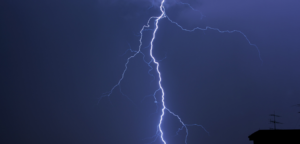
Florida is known as the lightening capital of the world. Lightning is responsible for more weather-related deaths in Florida than all other weather hazards combined. Here are a few things you need to know:
- If you hear thunder, go indoors. If you can hear thunder, you are within striking distance of lightening.
- Wait at least 30 minutes after you hear thunder or see lightning to return outside. Lightning can strike up to 10 miles away.
- Each year there are between 70 and 90 thunderstorms each year in Central Florida.
- 90 percent of the lightning occurs from May through October, between the hours of noon and midnight.
Hurricanes

Hurricanes and tropical storms are always a concern and with good reason. Whipping winds, torrential downpours, power outages and floods — hurricanes can bring a host of dramatic and dangerous weather with it. A few things to know:
- Hurricane season runs from June 1st to Nov. 30th.
- Modern computer models and aircraft reconnaissance can help accurately predict the path and intensity of a storm.
- When state and local officials say prepare for a hurricane or tropical storm. Prepare. It can be a little time consuming, but you’ll be happy you did, if you happen to find your home in the path of a storm
- Know the difference between the different hurricane terms.

However, don’t let this keep you from moving to the Sunshine State. There is a sunny side to this story. Florida is considered a sub-tropical climate, which means winter days in Central Florida are absolutely gorgeous! And the daily summer thunderstorms typically only last about 45 minutes. Then you’re back to enjoying all the things we love about Central Florida!
4. THEME PARKS


Central Florida is known as the “Theme Park Capital of the World!” It might be one of the reasons you’re considering moving to the area. Why not, right? Who wouldn’t want to live close to the place characterized as the happiest place on Earth?

Some things to consider, you don’t need to live within a 6 mile radius of your favorite theme park to visit often. Traffic is ALWAYS congested in these areas all day, every day, year around. If you’re a Disney or Bust kind of person; and traffic is your thing. Celebration, a community Walt Disney World helped create, might be a great place for you. Some people who have been regular Disney World visitors find the theme parks lose some of their luster after they move to Central Florida. Let’s face it, you’re not on vacation anymore; and all the regular day in, day out things you left behind on your visit, come with you when you move. You know, that thing called “work.” Unless you’re retiring here, which is a very popular thing to do!

If you choose to live a little farther away, for whatever reason, you’re only about 45 minutes away from the Theme Park area. Thanks to the Expressway Authority for all the toll roads.
Another plus for living near the “Theme Park Capital of the World”, you can purchase passes at a reduced Florida resident rate. If you’re a theme park junky, consider getting an annual pass. They offer several options some with blockout days and some you can use 365 days of the year. The blockout days are periods when the park restrict pass holders from visiting because of the higher volume of visitors. The blockout days are during the summer months and over the holidays. This is not a bad time to take a break from the theme parks because it can get super crowded. However, living in the area or nearby, you won’t feel like you have to cram everything into one visit.

So, if you’re trying to decide where to live when you move to Florida, there are many factors to consider and a very personal one. I always recommend finding a local who knows the ins and outs of an area to help you find a home that meets your lifestyle needs. As a local Realtor, native to Florida, feel free to contact me, I’m here to help however, I can.
5. HIDDEN COSTS

After the famous mouse, the next popular reason for moving to Florida is the belief that the cost of living is cheaper and no state income tax! Although that might be true, there are a few hidden costs you’ll want to know about before you move.
Florida’s median home value is $233,200, which is slightly higher than the national average of $226,800. The cost of living in the state differs from community to community and can vary between neighborhoods.
Homeowner’s Insurance is much higher in Florida than other parts of the country. Hurricanes contribute to the rising costs and you will definitely pay more if you’re in a “Hurricane Zone”. Florida ranks #14 among the most expensive states for home insurance.

Homeowner Association or HOA fees is one expense people don’t expect when they move to Central Florida. These fees help cover the costs like the upkeep of the common areas or even providing homeowners with amenities like pools and tennis courts. As Central Florida continues to grow, so do the new construction neighborhoods with HOA fees. The fees typically cover to maintain the common areas. The more amenities the community offers, like swimming pools and tennis courts, the higher the HOA fees.

According to the US Energy Administration Floridians on average pay about 13% more for electricity than the national average. Year-round warmer climate, air conditioning contributes to the higher cost. Also, if you have your heart set on owning a pool in Florida, your electricity bill will be a little higher.

Some people do not realize Florida ranks as the 8th highest for gas tax prices in the United States. So, consider living where you work and play to save money.
6. SINKHOLES

Sink, what? Yes, this was my first response when my grandmother showed great concern over the fact that I was moving to Central Florida to attend the University of Central Florida. She said, “They have sinkholes there; and they swallow houses and cars!”
Yes, grandmas was right. Central Florida does have sinkholes. The small ones often can be filled in and in worst-case scenarios, they can swallow up entire homes.

Florida’s porous ground is prone to the occasional collapse, and there’s really no way to predict where and when a sinkhole will occur. Is it a reason to NOT move to Central Florida. I don’t think so. Knowing the sinkhole situation in the area before moving, learn the areas prone to sinkholes by talking to residents or using the sinkhole map will enable you to take the necessary steps to protect your family and property. If the area is prone to sinkholes, you can consider getting sinkhole insurance.
Curious about sinkholes? You can learn more about them at the Florida Department of Environmental Protection.
7. FOOD

Central Florida might not have its own cuisine, but we do have our fair share of mega-talented chefs. Restaurants range from super laid back to ultra fancy You’ll also find a wide variety of artisan foodie spots like at the East End Market. If chain restaurants are more your thing, you will be happy to know Darden’s corporate office is located in Orlando. Many chains operate their test units in Orlando’s tourist corridor. So, if you consider yourself a “foodie”, you’ll have plenty of good eats in Central Florida!
Where do the locals eat?
So, where do the locals eat? Here are a few local foodie hot spots off-the- beaten-path:
- KRUNGTHEP TEA TIME Tai twist sandwiches and tea, Winter Park
- FK YOUR DIET Scratch home cooking with a purpose, Orlando
- TOO MUCH SAUCE Homemade Sauces are 100% GLUTEN FREE, Mills 50
- SMOKE & DONUTS Oak-smoked barbecue and hot donuts, College Park
- LOBOS COFFEE ROASTERS Farm to table coffee house, Audubon Park
- SE7VEN BITES Specializing in nostalgic southern comfort foods, Milk District
- THE STUBBORN MULE Locally sourced food featuring hand crafted mule cocktails, craft cocktails, draft beers and wines, Lake Eola
- TAI HOUSE Healthy and flavorful Tai cuisine, Orlando
- PIG FLOYD’S URBAN BARBAKOA Cultural influenced traditional fire, smoke, & pit BBQ, Mills 50
- DAJEN EATS Vegan recipes with a Jamaican flair, Eatonville
- MANZANO’S New York style sandwich shop, Winter Park, New Smyrna Beach, Deland
- NATURES TABLE Fresh healthy cafe, Orlando
- HUNGER STREET TACOS, Mexico City Street food, Winter Park
- BUTTERMILK BAKERY, Serving American & French cafe fare, plus sweet & savory pastries, Winter Park
- PRATO, Italian classics with modern techniques, Winter Park
- THE OSPREY, Modern coastal cuisine, Baldwin Park
8. ARCHITECTURAL HOME STYLES

When you think of Central Florida homes you might think of Cinderella’s Castle. However, unless you plan to build your own, it’s the only Romanesque style home in Central Florida. Instead, Central Florida homes make up many different building styles, including Craftsman Bungalows, Art Deco builds, Mediterranean and Pueblo designs, Townhome Communities, Condos, Ranch style and Modern architecture.
Learn the characteristics of each style of home to help you decide which style appeals to you.
Craftsman Bungalow



The leading architecture style of historic Orlando. These charming homes can be found all across Central Florida. They are adored for their front porches and “Florida rooms” which were perfect for Orlando’s tropical climate. They can be found in neighborhoods like Audubon Park, Thornton Park, College Park, Eola Heights Historic District, and Lake Highland in a variety of shapes and sizes. Most bungalows in the city date back to the 1920s with the oldest built in the early 1900s. Craftsman bungalows often include asymmetrical architecture and tapered columns. Expect hand-crafted decorative features, dormers, and low-pitched roofs. Also, know the central air in the home, is an updated feature for these homes.
Art Deco

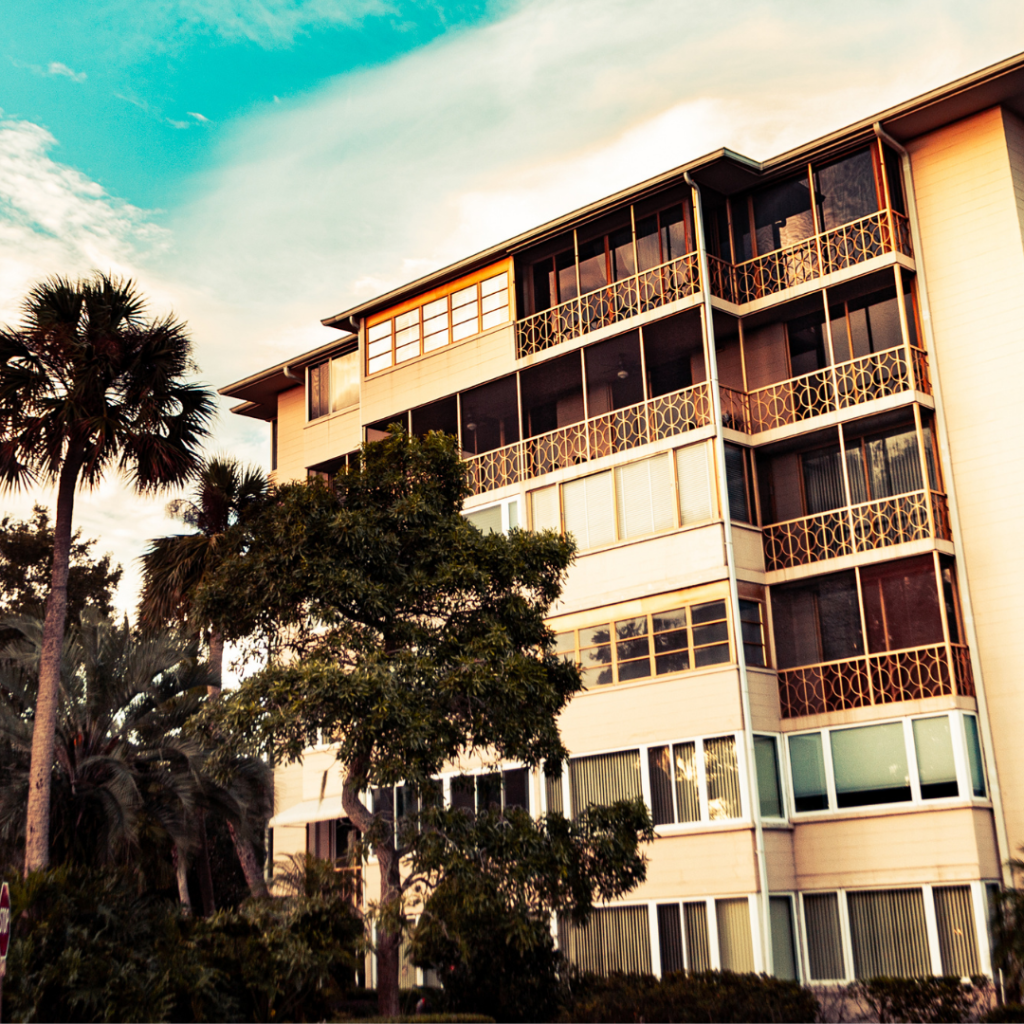
Art deco is characterized by a hard-edge or angular composition, highlighted with stylized decoration. Low relief ornamentation can be found around windows and doors, and along roof edges. Metal casement windows and “porthole” windows are other distinguishing features
From 1925-1940, America embraced this new bold style with all the “new” decorative elements such as glass block, neon, chrome, mirrors and opaque glass panels. The historic Lake Eola Heights neighborhood features a few examples of Art Deco architecture as does Delaney Park and Winter Park. Some famous examples are the vintage Publix on Colonial Drive in Colonialtown, The Wellborn in the heart of downtown Orlando, two-story Lake Copeland buildings near fronting Lake Davis, and a a pink two-story art deco house in Lancaster Park.
Mediterranean

“Mediterranean” is a pretty big catch-all term in Orlando that encompasses Mediterranean Revival styles, new builds, old builds, and hints of Spanish and Italian influences. A unifying factor in the city is that these homes are often quite large. The consistent Spanish-Mediterranean style is evident at Rollins College in Winter Park. You can also find a few in the College Park and residential streets around downtown Orlando.
Pueblo style

Although similar to the Mediterranean home, the Orlando’s Pueblo style homes are typically smaller and can be found in the historic neighborhoods like Thornton Park, College Park, and parts of Winter Park. There are also a few just outside the city in Sanford. Style-wise, Pueblo designs have a rounded shape and often feature exposed exterior wood beams. Stucco exteriors and neutral paint colors are part of the style as well.
Townhome Communities & Planned Communities



Outside the city’s historic neighborhoods, you can find many Townhome communities. They are common in parts of Maitland and areas like Metrowest and Lake Nona.
Just like their name, Planned communities are also available in Orlando. This type of living appeals to those looking for a uniform look in a neighborhood where most of the homes look similar. They typically have a homeowners association (HOA), a self-governing organization in “common-interest” communities where homeowners collectively pay fees to maintain the neighborhood. What most residents in these communities have in common is they love the walkability and community feel in a Planned community. A few popular planned neighborhoods are Baldwin Park, Lake Nona, and Oviedo on the Park. Planned neighborhoods usually have a fun town square with shopping and restaurants, and community events. Closer to Walt Disney World a community designed by the famous mouse is the Planned community called Celebration.
Ranch

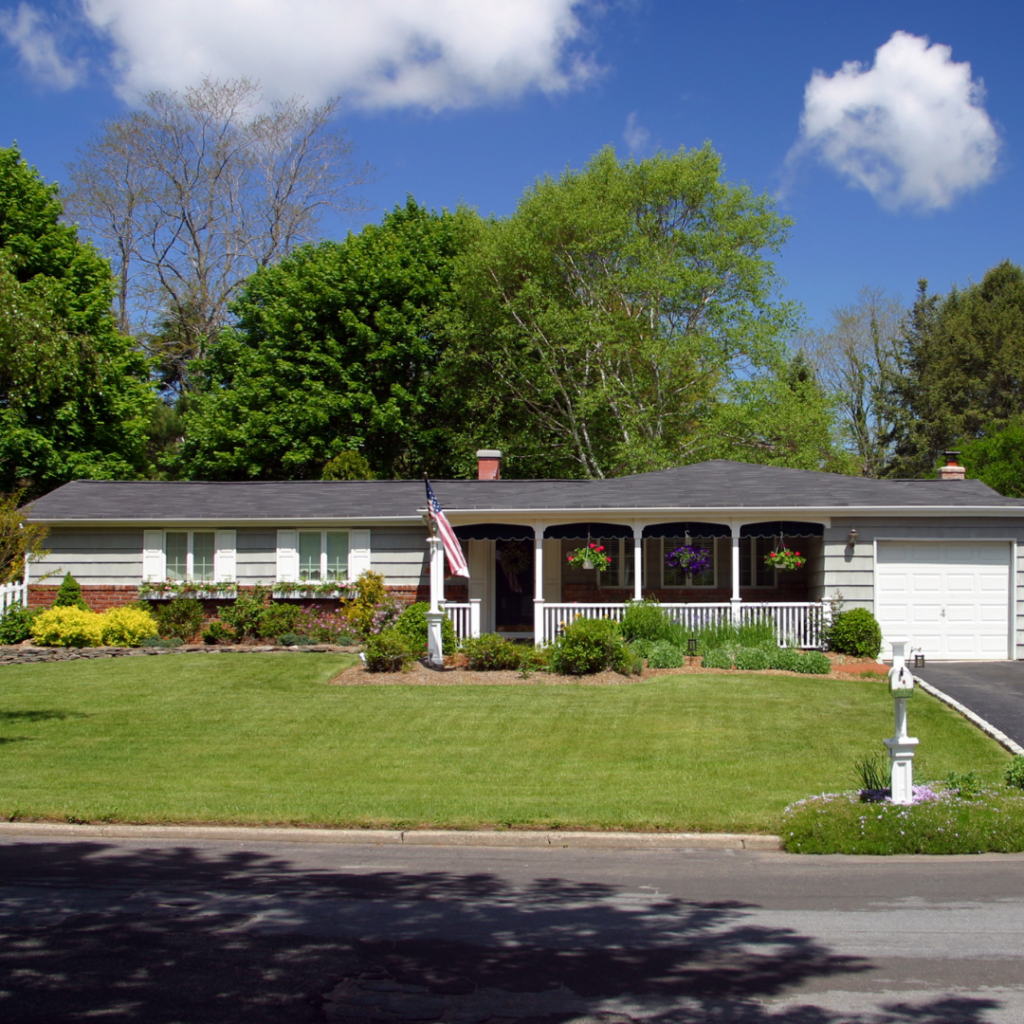
This style originated in the United States and was named the Ranch because of the wide-open-spaces appeal along with the connection to a true cattle ranch. Like the original cattle ranches, a Ranch style home are also horizontal in shape with low-pitched roofs. The windows commonly found along the front of these homes are a way to connect the homeowner with the outdoors. The Ranch home joined a modernist ideas and styles with thoughts of the American Western period of wide open spaces. Creating a very informal and casual living style. The original style of the Ranch was informal and basic in design, starting around 1960. Ranch style homes are very popular and can be found through out the Orlando area.
Modern



A Modern home is also referred to as a Mid-Century Modern home. This type of architecture has four main characteristics: clean, minimalist aesthetic, an emphasis on bringing the outdoors in, and the presence of angular structures.
The flat roof was a hallmark of the style, creating a pleasing parallelism with the horizontal lines of the windows, doors, and ground line beneath it. Another reason for the flat roof – opting for a flat roof is one of the most economical choices you can make. Who knew the roof plays one of the biggest determining factors for how much your home build will cost? After WWII, this style of home was an affordable way to build homes without compromising the quality of the home. Changing the roof to a flat roof reduced the price dramatically.
Modern homes can be found scattered in Winter Park, Sanford, College Park and Downtown Orlando. Other areas with some amazing modern gems are Audubon Park and Wadeview Park.
9. Communities

Ok… you’ve decided to make the move to Central Florida! Now what? It’s time to decide where to live in Central Florida; and because it’s such a big area it’s hard for people to decide where to land.


Unfortunately, there isn’t an easy answer because it really depends on several different factors. First ask, “How do you like to live?” Do you want to be close to the downtown action? Is it more important to have your space with plenty of room to sprawl out? The best part of living in Central Florida is it offers different areas to suit the lifestyle you’re looking for.

From the suburbs of Orlando to the rural areas of Oviedo and Clermont, you can pick the lifestyle you want without getting too far from the action. This is when it is beneficial to work with a Realtor who knows the different areas and can help you navigate the neighborhoods that will best suit your lifestyle. Traffic can be a challenge for Central Floridians, the best place to start is close proximity to the areas where you spend most of your time. A few popular neighborhoods include Downtown Orlando, Winter Park, College Park, Baldwin Park, and Audubon Park.
10. Florida Beaches

One of Florida’s main attractions! With 1,350 miles of coastline bordering both the Atlantic Ocean and the Gulf of Mexico, Florida is home to many top-rated beaches in the entire country. Florida coasts offer everything you can imagine and more. And the best part, Central Florida is just a short drive to these top-rated beaches!
- Amelia Island Beaches
- Daytona Beach
- New Smyrna Beach
- Cocoa Beach
- Daytona Beach
- Clearwater Beach
- Saint Pete Beach
